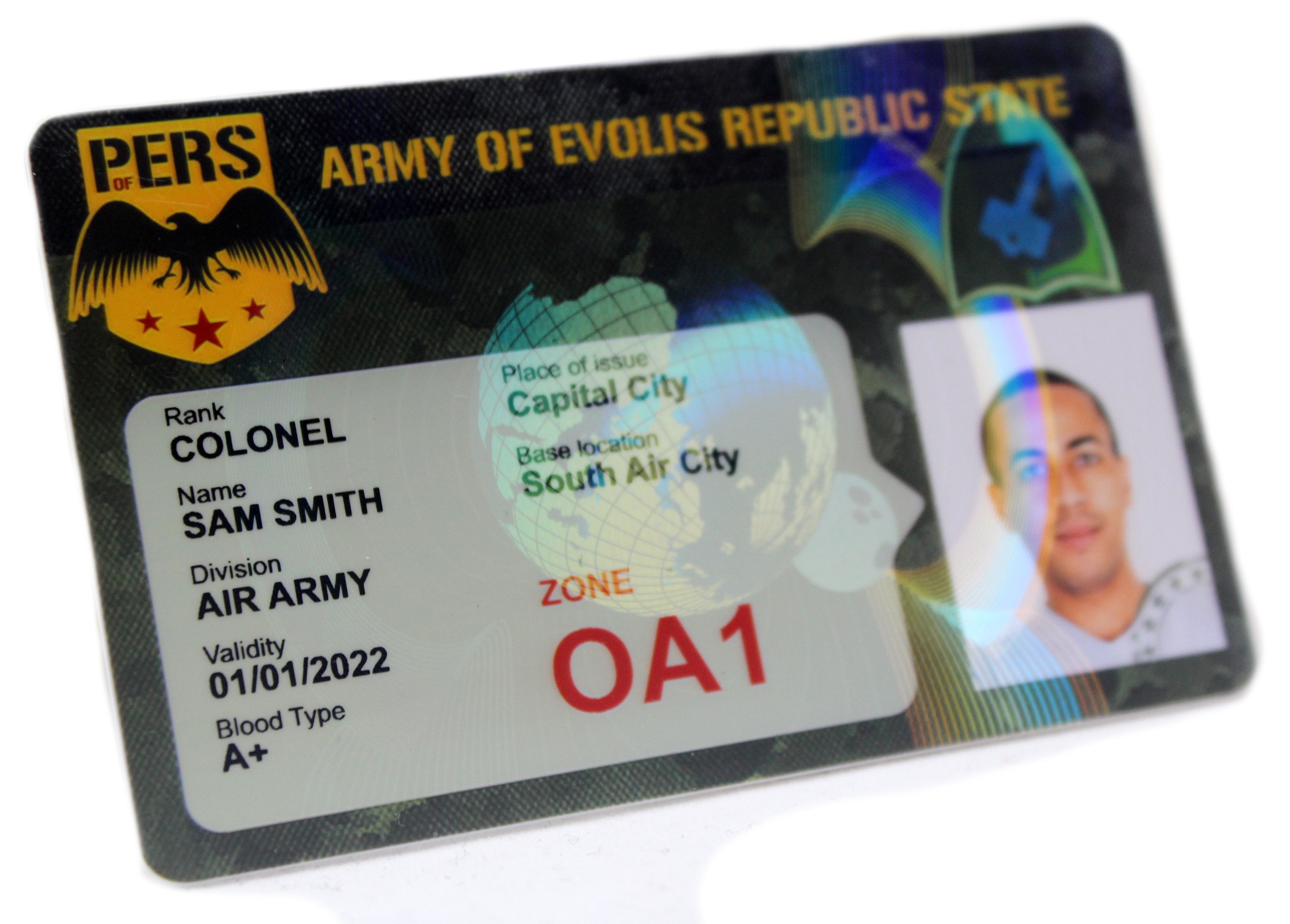

How Do Plastic Card Printers Work?
Blogs
.png)
How Do Plastic Card Printers Work?
A plastic card printer is straightforward to use and understand, but most work differently from standard inkjet or laser printers that are commonplace in offices. The most common plastic card printer available on the market is a direct-to-card printer which is ideal for those who will be printing high volumes, thanks to its high print speeds.
There are different types of plastic card printers available on the market which can provide you with different results depending on your requirements. Unlike office printers, most plastic card printers work with a dye ribbon.
Ink ribbon for ID card printer
These ribbons consist of different coloured panels which combine to make the colours used in your design. These are then applied to your design. Some ribbons also have an overlay panel, which locks in your colours and protects the design from wear and tear.
It’s important to remember that you should produce your design in CYMK colour mode, high-quality and using block colours, when possible, as opposed to gradients or faded colours. This will ensure a bolder and more vivid print.
There are also other types of ribbons available such as UV, laminate, and holographic ribbons which all add another layer of security to your design and card.

Direct-to-card printers
To print your ID card or pass, simply feed a blank plastic card through the print head or place your card on the input hopper. Plastic card printers use different types of ribbons, many of which consist of various colour panels. For example, a standard ribbon is a YMCKO which is made up of (yellow, magenta, cyan, black and overlay) with the overlay providing a protective coat for your design. You can also get monochrome ribbons if you only need to print one colour.
When you feed your blank plastic card through, the printer’s print head will heat your ribbon to varying temperatures, transferring the colour to your card. The temperature variances are very sensitive, enabling the printer to print around 16 million colours up to every 24 seconds, allowing for more accurate shades in your design or logo.
Direct-to-card printers generally have a print quality between 300dpi and 600dpi (dots-per-inch), making them perfect for printing clear photo IDs, and for a high-speed turnaround for businesses who need their cards to be printed quickly.
Retransfer card printers
Another type of plastic card printer available is the retransfer ID card printer. Though slightly more expensive to purchase and run, retransfer printing is perfect for edge-to-edge printing, with a low error rate and the ability to print onto cards that aren’t 100% flat, such as embossed cards.
Another key difference with retransfer printers is that they have the option to use a laminate overlay ribbon to print a more durable ID compared to what you would have with a direct-to-card printer. The print head uses the printer ribbon to print on the laminated overlay rather than the card itself, where it is then securely adhered to the card using a mixture of heat and pressure.
By using an overlay ribbon, you end up with an ID card that can withstand wear and tear far longer than an average ID card. By the nature of the printing process, retransfer printers are also perfect for printing on access control smart cards, such as those from MIFARE® or HID.
Retransfer printers are ideal for businesses who need additional security features for their cards or those who use printed ID cards with their access control systems.
Inkjet printers
A relatively newer introduction to the market is the inkjet plastic card printer. Much like a printer you would use at home, these printers use a printhead and ink cartridge to print your design.
In the past, it was challenging to use inkjet printing for cards. This was mainly due to the high temperatures needed to bond the ink to multiple card types, resulting in lesser quality than that you would find with the direct-to-card or retransfer printers.
This is no longer a problem, thanks to the introduction of printers like the Fargo Ink1000, specifically designed to tackle technological issues which prevented ink from adhering to the card surface correctly. The result is a printer with easy-to-install cartridges, which are far more reliable than traditional ribbons, and full card coverage.
Inkjet printers are perfect for producing photo ID cards, membership cards, or student IDs for universities and schools.


















